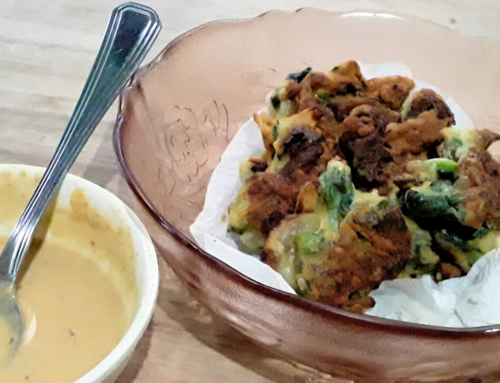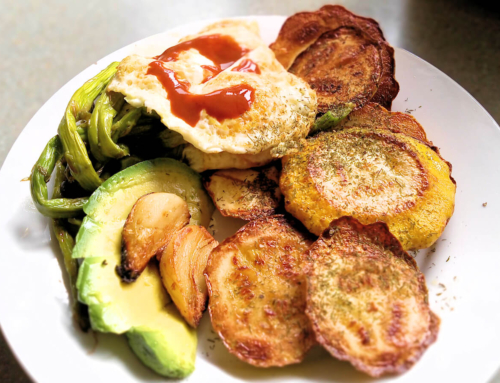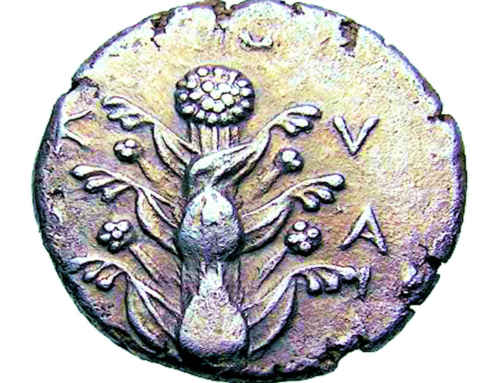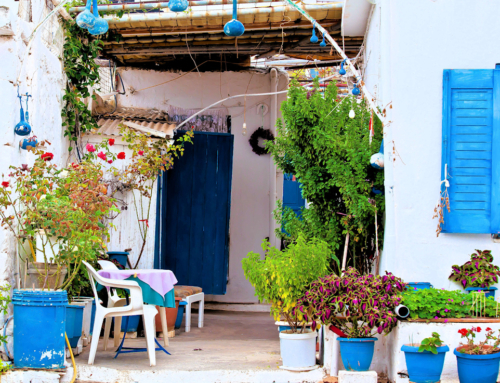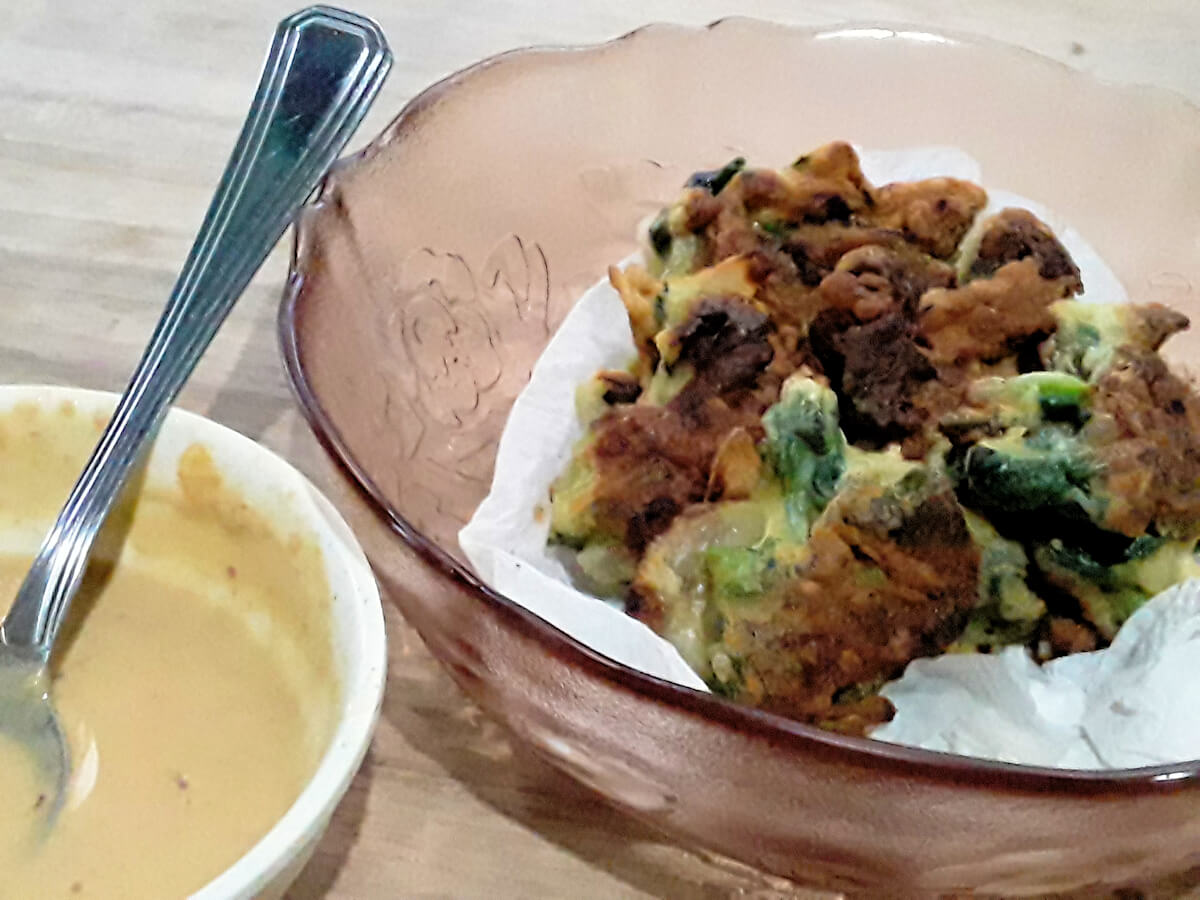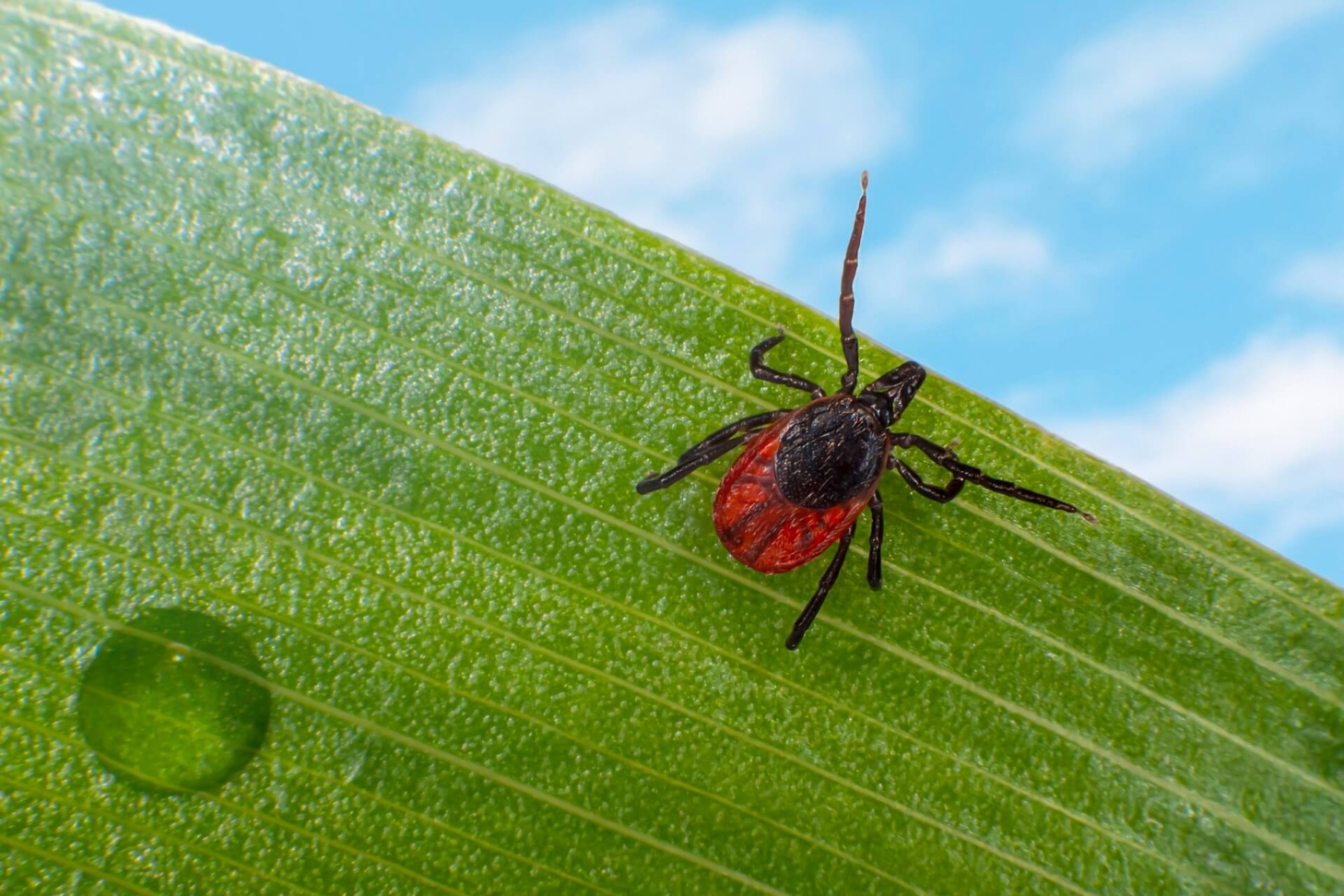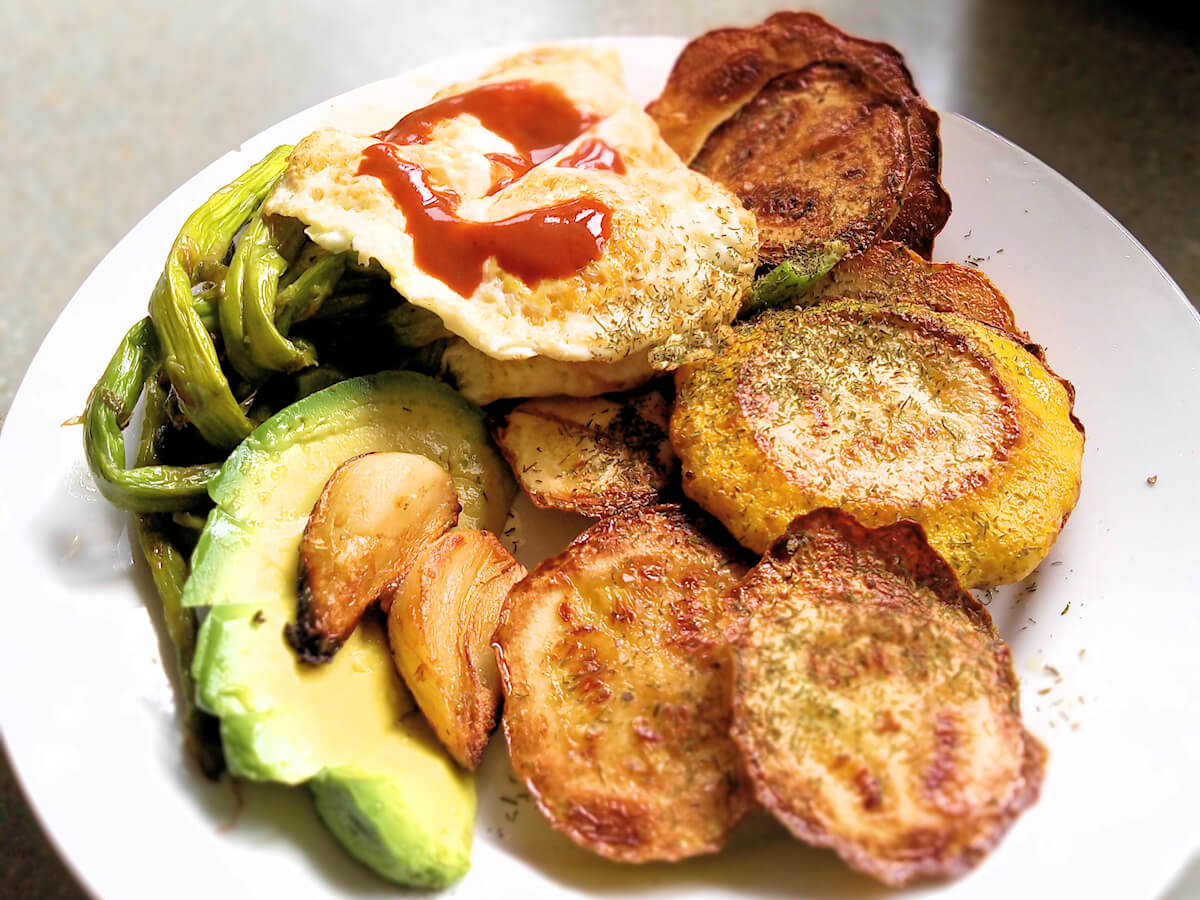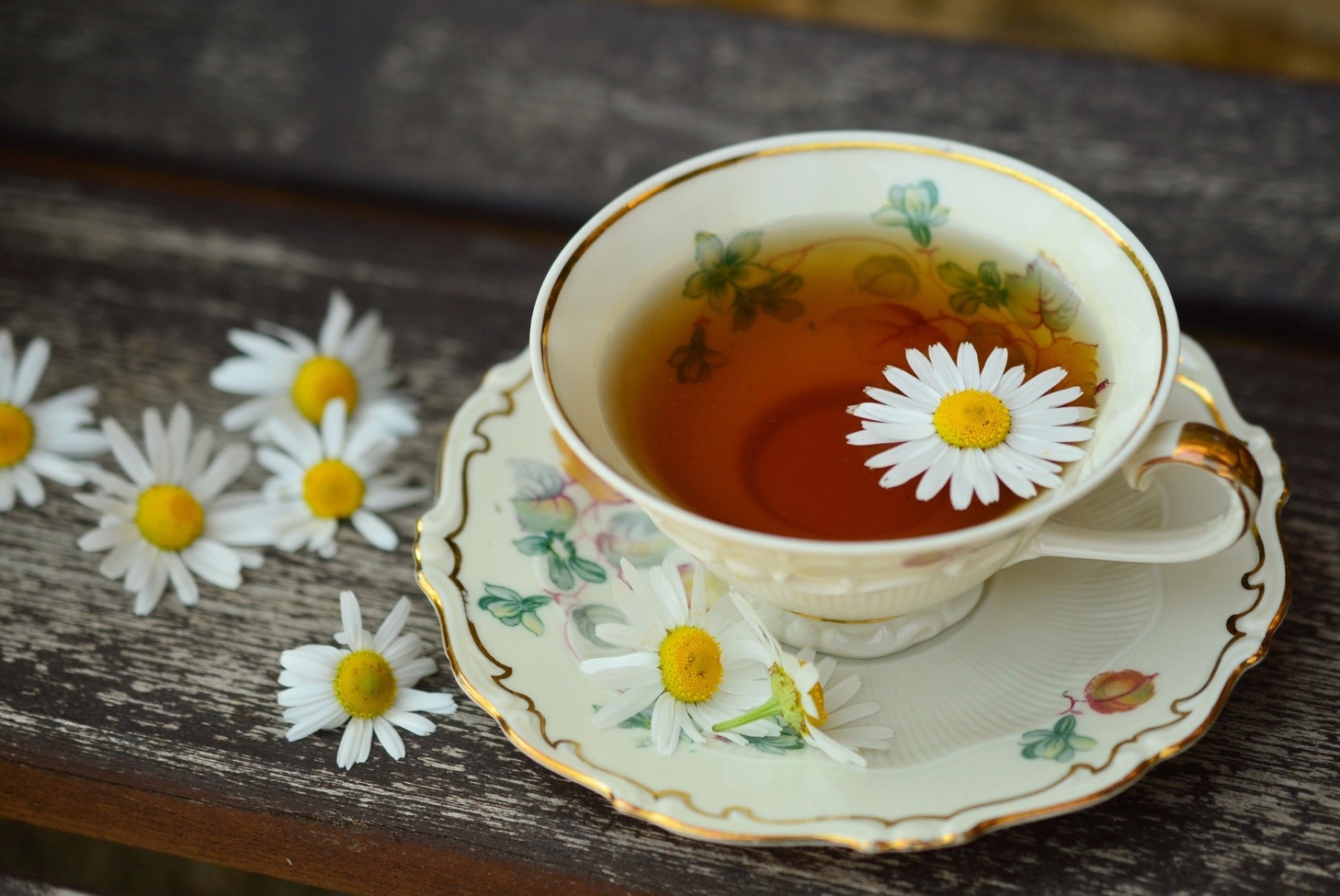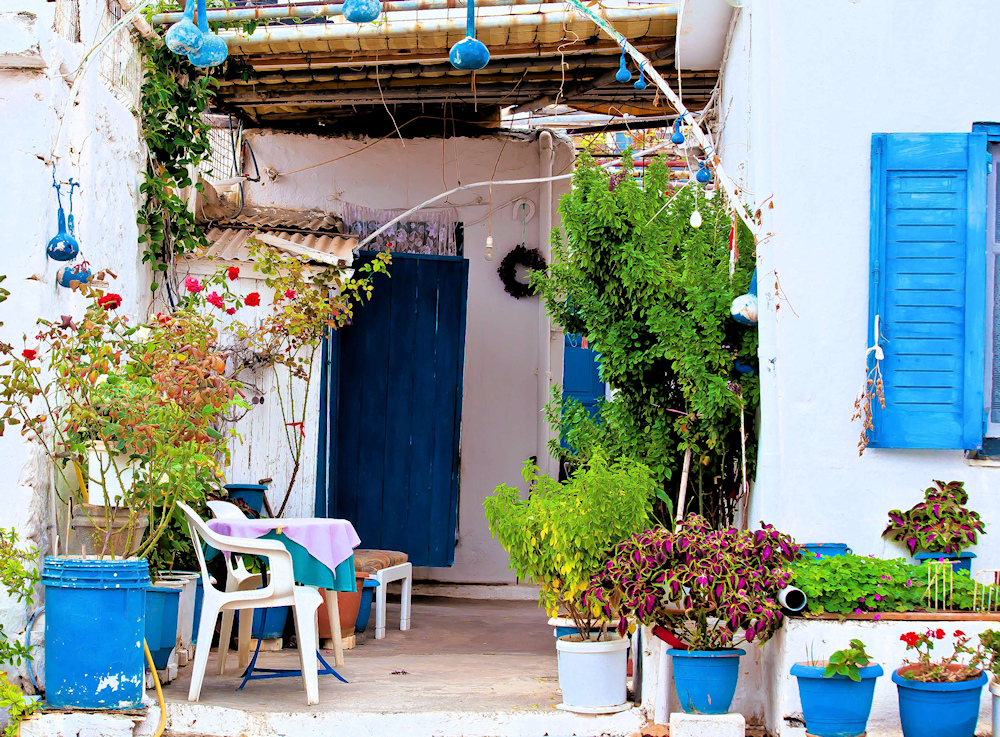Pesto Sauce
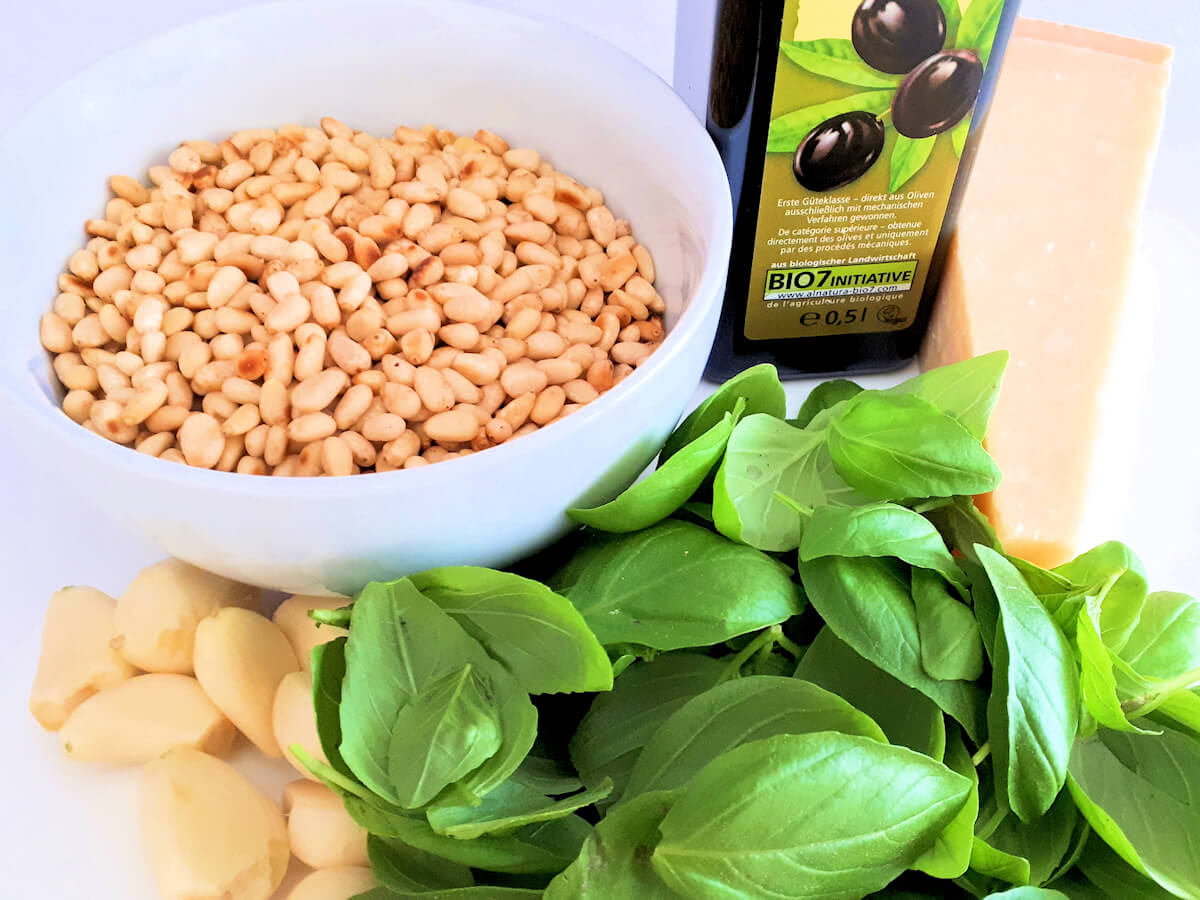
Eating More Herbs
The most famous version of pesto sauce is the traditional Italian blend – sweet basil, garlic, pine nuts, olive oil and Parmesan cheese. The sauce is usually used on pasta or bread and there are many regional and household varieties.
The idea of using freshly-harvested herbs in a sauce that can be preserved is not unique to Italy. There are many places with historical recipes that use other herbs in their green sauces – with the same purpose of holding on to that aromatic deliciousness, way after the harvest is over.
The main ingredients of pesto sauce – basil, garlic and raw olive oil – are all traditionally associated with wellness in Mediterranean cultures. Basil is considered to aid digestion, calm the spirit and boost the immune system, as are garlic and olive oil. There are other aromatic herbs that can be used instead or together, which are similar in their folk uses. Any herbs with soft, yummy leaves will work. Here are just a few options to explore.
- Parsley
- Cilantro
- Rosemary
- Oregano
- Mint
- Thyme
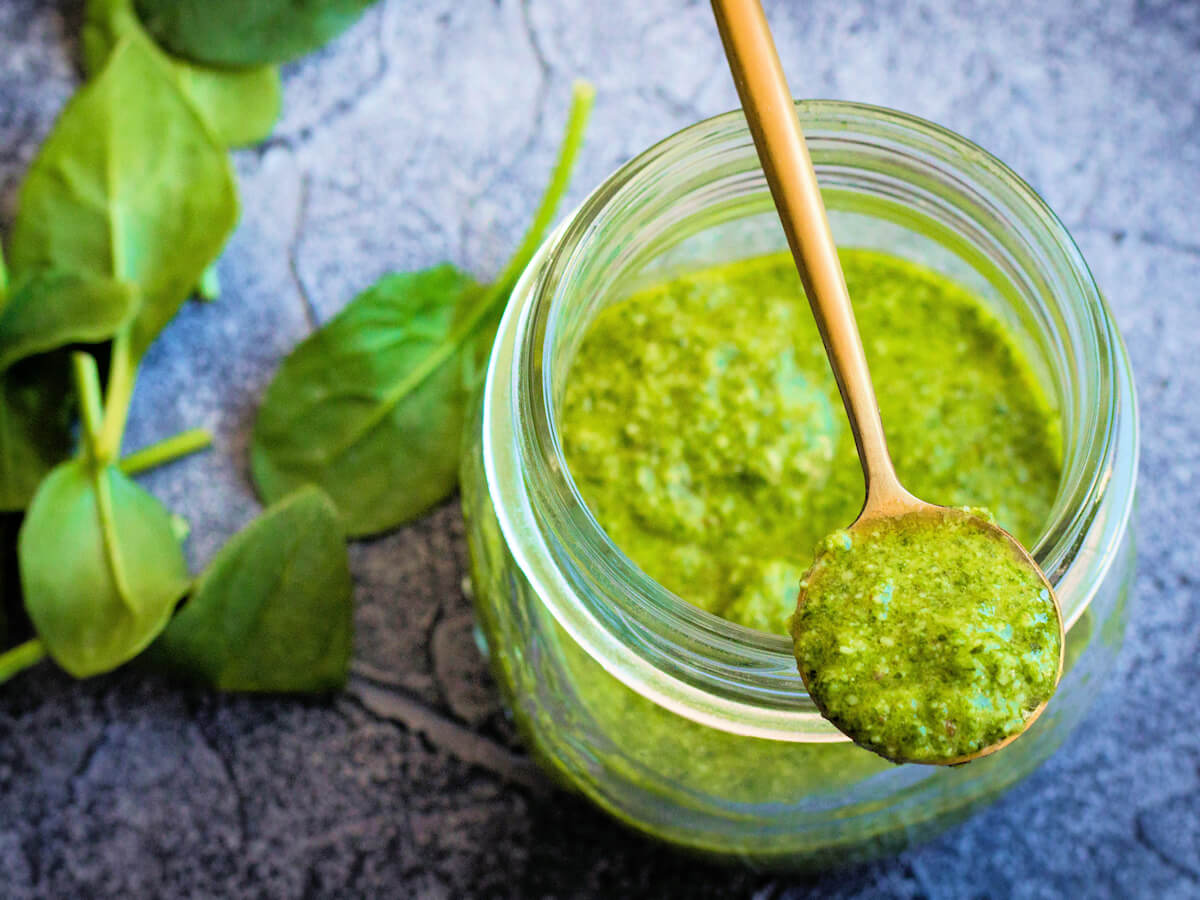
Some people also add greens, such as arugula, spinach or nettles, which gives a variety of flavor strength and texture. Using seasonal, local, organic leaves makes it extra delicious. Feel free to adjust the amount of garlic to suite your taste. You can also use walnuts, macadamias or other soft nuts. As you explore, try not to add ingredients that are too hard, like almonds, or too watery, like scallions.
Place into your blender or food processor, using a low speed like Chop.
- 1/2 head of garlic
- 1/2 cup walnuts
- 1 1/2 cups virgen olive oil
- 1/4 teaspoon fresh black pepper
- 1/2 tablespoon of salt (or less, especially if adding cheese)
Blend until smooth (a few minutes), then blend in a little at a time
- 4 cups basil or other soft, fresh herbs
- up to 1/2 cup more olive oil if you want a liquid sauce
- 1/4 cup grated Parmesan (optional)
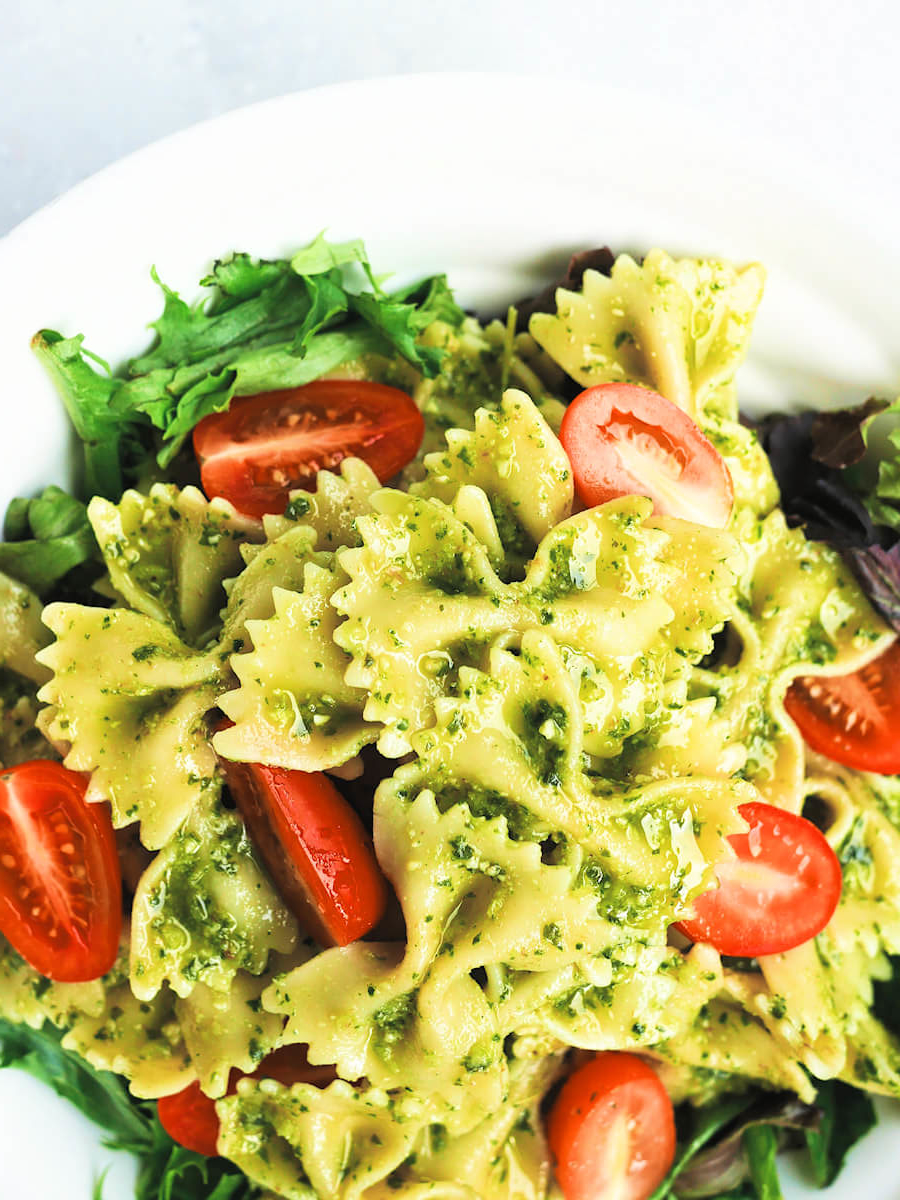
Using Your Sauce
There are so many ways to use pesto sauce. Here are just a few. You can add your own pesto suggestions in the comment box below!
- To use as a pasta sauce, mix the pesto in with the pasta just after you strain it, while it is still nice and hot. Depending on how you like it, you might want to add more olive oil, salt or cheese, as well as fresh tomatoes or other veggies.
- If you do not add cheese, you can jar the pesto sauce for long-term storage, just make sure that you read up on how to do this safely. Otherwise, you put it in a clean jar with a tight lid, in the fridge for about a week. You can add a little extra olive oil over the top to keep it from browning.
- Pesto sauce is an amazing topping for bread, as substitute for butter, jelly, mayonnaise or cheese. You can have it for breakfast, or include it in a sandwich or even add it to crackers as a snack. If you would like a more spreadable sauce, you can add less olive oil and more pine nuts.

